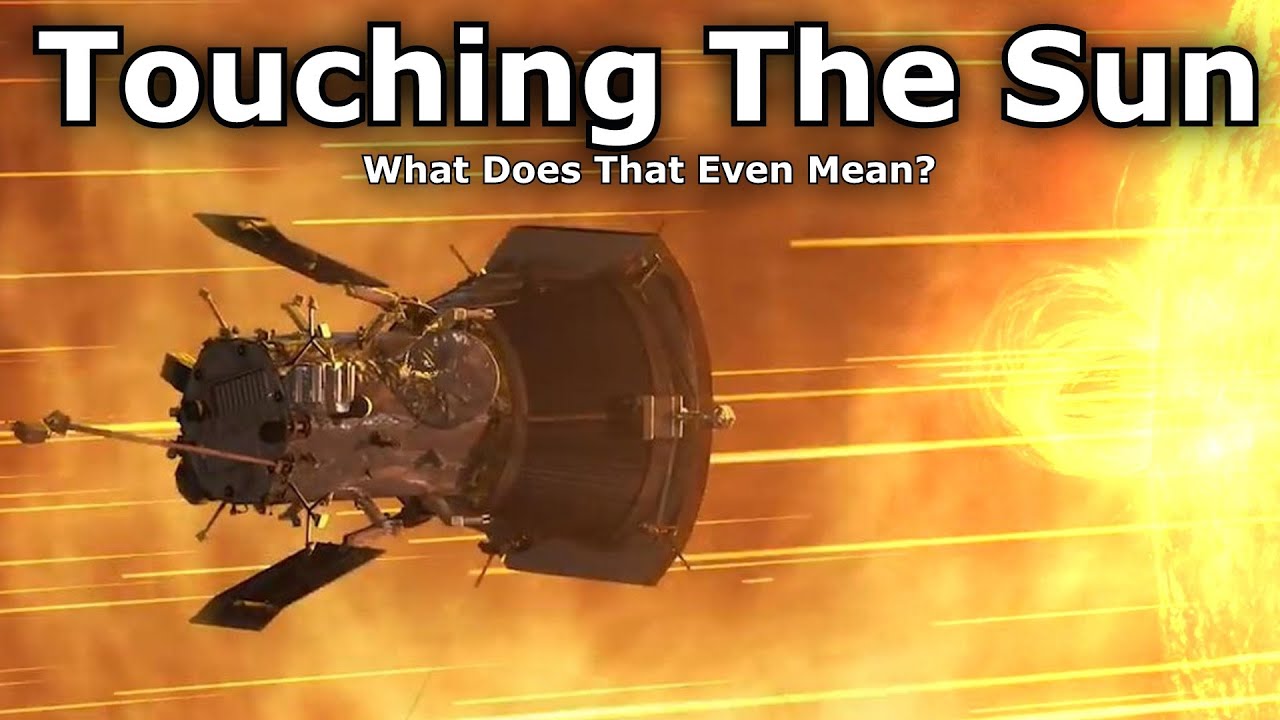In August 2021 the Parker Solar Probe flew within 11.1 million kilometres of the centre of the Sun, the closest of any man-made object, reaching a peak velocity on August 9th of 147 km/second, around 20 times faster than a satellite in low Earth orbit. Analysis of data captured during the perihelion pass allowed NASA to determine that the probe had passed through the Alfvén surface, at which the Sun’s magnetically coupled rarefied upper atmosphere separates and becomes the outward flowing solar wind, and thus could be said to have “touched the Sun” for the first time.
Scott Manley explains what this means, and what the future holds for the Parker Solar Probe as it continues to approach the Sun, eventually flying to within 6.9 million km of the Sun’s centre in 2025, at which time it will reach a velocity of 192 km/sec. (In the video narration, I believe Scott confuses distances in millions of kilometres with solar radii—the conventional value for the solar radius is 6.957\times 10^8 metres.)
